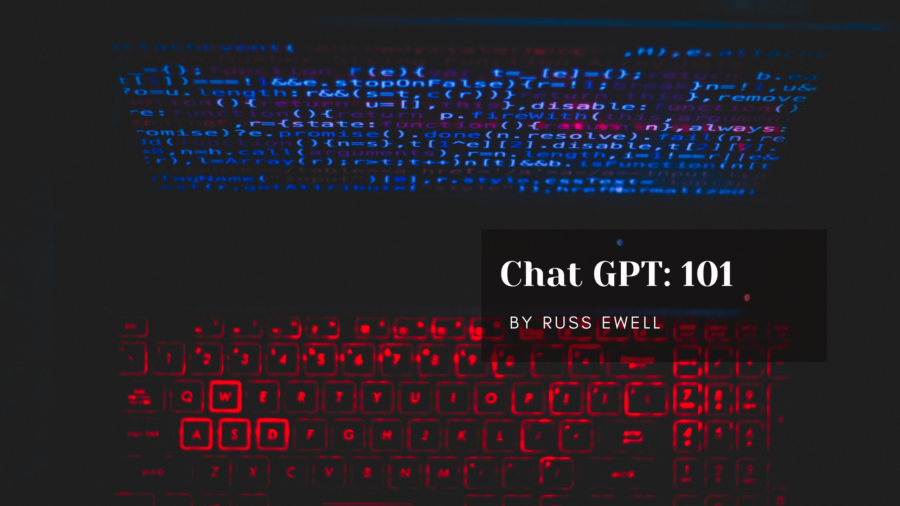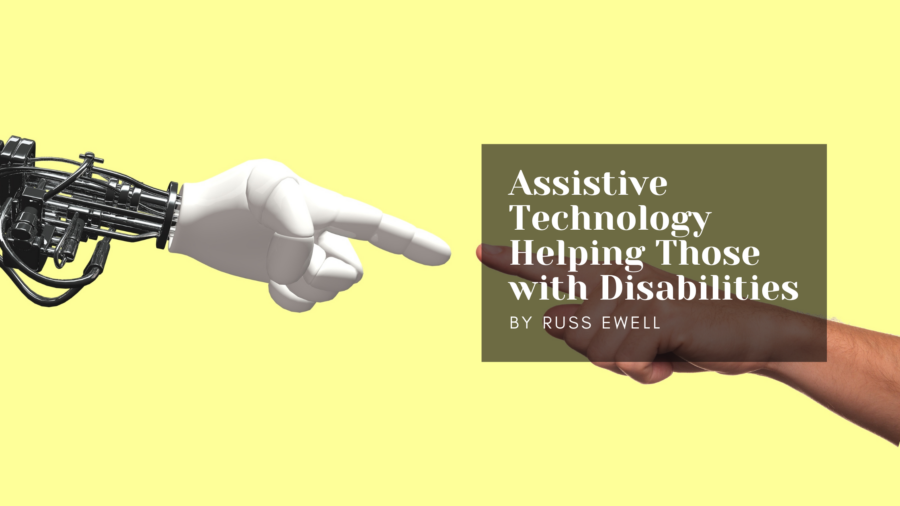ChatGPT is an AI-powered conversational agent, based on the GPT (Generative Pre-trained Transformer) architecture, which allows users to have natural language conversations with the machine. The conversational agent is trained on a massive amount of text data and has the ability to generate human-like responses to user inputs, making it one of the most advanced chatbots in the market.
The technology behind ChatGPT is a deep learning algorithm that is able to understand the context of a conversation, and generate appropriate responses based on that context. The conversational agent is pre-trained on a diverse range of text data, which includes books, articles, and websites, to name a few. This ensures that ChatGPT has a broad knowledge base and can provide accurate and informative responses to user queries.
One of the key advantages of ChatGPT is its ability to learn from every conversation it has. With each new interaction, the AI-powered agent can refine its understanding of language and improve the accuracy and quality of its responses. This ensures that users have a better experience every time they engage with ChatGPT, as the conversational agent continues to learn and improve over time.
Another important feature of ChatGPT is its ability to provide personalized responses to users. By analyzing user inputs and understanding the context of the conversation, the conversational agent can tailor its responses to provide personalized recommendations and solutions to users. This not only makes the conversation more engaging and interactive, but it also enhances the user experience and increases the likelihood of repeat interactions.
ChatGPT has a wide range of applications across various industries, including healthcare, education, finance, and customer service, to name a few. In the healthcare industry, for example, ChatGPT can be used to answer patient queries, provide medical advice, and assist in the diagnosis of medical conditions. In the education industry, ChatGPT can be used to provide personalized tutoring and educational resources to students. In the finance industry, ChatGPT can be used to provide financial advice and help customers manage their finances.
Overall, ChatGPT represents a significant advancement in AI technology, particularly in the field of natural language processing. Its ability to understand context, learn from every conversation, and provide personalized responses makes it an invaluable tool for businesses across various industries. With further advancements in AI technology, it is likely that ChatGPT will continue to improve and become an even more integral part of our daily lives.


